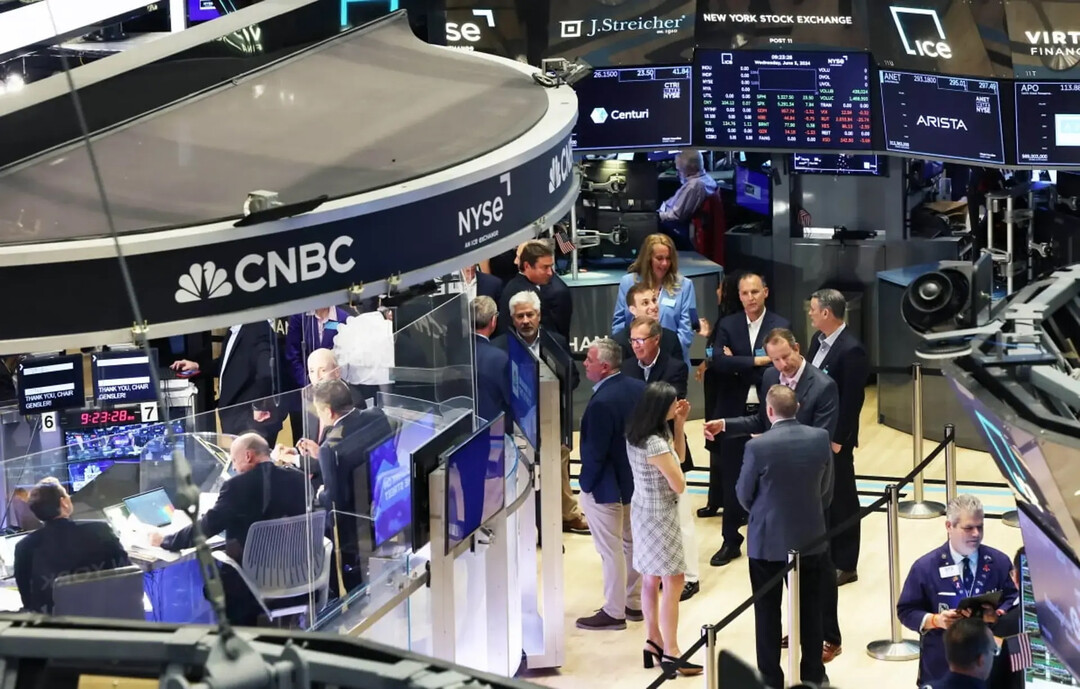
New York, NY – The Dow Jones Industrial Average closed lower on Tuesday, marking its ninth consecutive day of declines and setting a new record for the longest losing streak since 1978. Investors are bracing for the Federal Reserve's monetary policy decision, due out later this week.
The Dow dropped 267.58 points, or 0.61%, to close at 33,449.90. The broader S&P 500 index lost 23.47 points, or 0.39%, to end at 6,050.61. The tech-heavy Nasdaq Composite fell 64.83 points, or 0.32%, to finish at 20,109.06.
The recent downturn comes after the Dow reached a record high of 45,000 earlier this month. Despite strong performances from tech giants like Apple, Alphabet, and Tesla, which hit all-time highs, the broader market has been unable to sustain its upward momentum.
Nvidia, a key player in the semiconductor industry, saw its shares decline 1.22% to close at $130.39, marking its lowest level since October 7. The stock has been under pressure since hitting a record high of $148.88 in early November.
Broadcom, another semiconductor giant, also experienced a decline of 3.91% after its market capitalization surpassed $1 trillion for the first time. The company's shares had surged in recent days on expectations that it could become a major competitor to Nvidia.
Quantum Computing, a quantum computing company, saw its stock soar 51.53% after announcing a major contract with NASA's Goddard Space Flight Center.
Sector-wise, only the consumer discretionary sector managed to eke out gains, while the remaining 10 sectors in the S&P 500 index posted declines. Energy and financial services were among the hardest hit, falling 0.76% and 0.69%, respectively.
CNBC attributed the recent market weakness to a rotation out of traditional, value-oriented stocks that had benefited from the election of Donald Trump and into growth-oriented technology stocks.
The latest economic data released on Tuesday added to concerns about inflation. The Commerce Department reported that retail sales increased 0.7% in November, exceeding expectations. This suggests that consumer spending remains strong, which could fuel inflationary pressures. CNBC noted that with the economy showing strength and inflation risks on the rise, the Fed may be less inclined to cut interest rates further at this meeting.
Market participants are closely watching the Federal Open Market Committee's (FOMC) two-day meeting, which begins today. While most expect the Fed to cut interest rates by 25 basis points, investors will be paying close attention to the central bank's economic outlook and the so-called "dot plot," which shows individual policymakers' projections for future interest rates.
According to the CME FedWatch Tool, there is a 16.3% probability that the Fed will cut rates by another 25 basis points in January.
[Copyright (c) Global Economic Times. All Rights Reserved.]






























